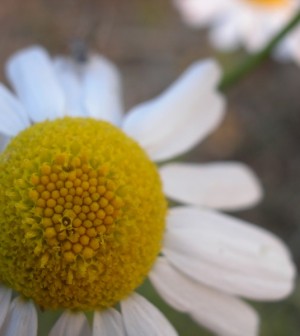- Understanding the Connection Between Anxiety and Depression
- How Daily Prunes Can Influence Cholesterol and Inflammation
- When to Take B12 for Better Absorption and Energy
- Epsom Salts: Health Benefits and Uses
- See What Saffron Can Do for Sleep and Heart Health
- 6 Common Mistakes to Avoid Before Your Physical
- Can Sweating Really Help You Beat a Cold?
- Strengthening Your Relationship: Practical Strategies
- Skip Storing This Everyday Product in the Fridge Door
- Green Tea + B3 Pairing May Boost Brain Health
Smog Plus Pollen May Mean Even More Sneezing


Certain air pollutants may boost the potency of a birch tree pollen that plays a big role in seasonal allergies, researchers say.
In laboratory tests and computer simulations, researchers found that two pollutants — ozone and nitrogen dioxide — have a significant effect on the pollen, called Bet v 1.
Specifically, these pollutants appear to provoke chemical changes in the pollen that seem to raise its potency.
Levels of both ozone and nitrogen dioxide are also tied to climate change, according to a team including Ulrich Poschl, of the Max Planck Institute in Germany, and others.
This study finding, in combination with climate change, might help explain why airborne allergies are becoming more common, the researchers said.
The investigators were scheduled to present the findings Sunday at the annual meeting of the American Chemical Society in Denver. The research is still in its early stages, however, and experts note that studies presented at scientific meetings are typically considered preliminary until published in a peer-reviewed journal.
Still, “scientists have long suspected that air pollution and climate change are involved in the increasing prevalence of allergies worldwide,” Poschl said in a meeting news release. “Understanding the underlying chemical processes behind this phenomenon has proven elusive,” he added.
“Our research is just a starting point, but it does begin to suggest how chemical modifications in allergenic proteins occur,” potentially affecting people’s allergic response, Poschl said.
The investigators plan further research to determine if and how other pollens are affected by air pollutants.
About 50 million people in the United States have nasal allergies and the number is increasing, according to the American College of Allergy, Asthma and Immunology.
More information
The U.S. National Library of Medicine has more about pollen allergy.
Source: HealthDay
Copyright © 2026 HealthDay. All rights reserved.










